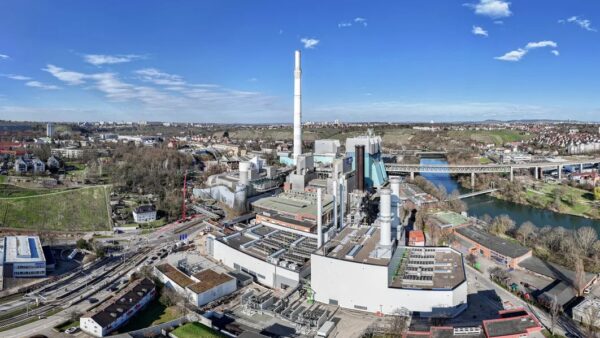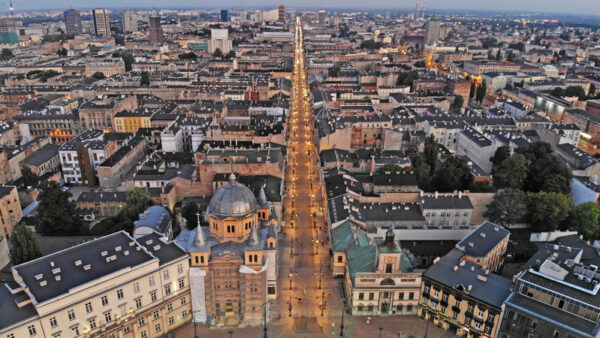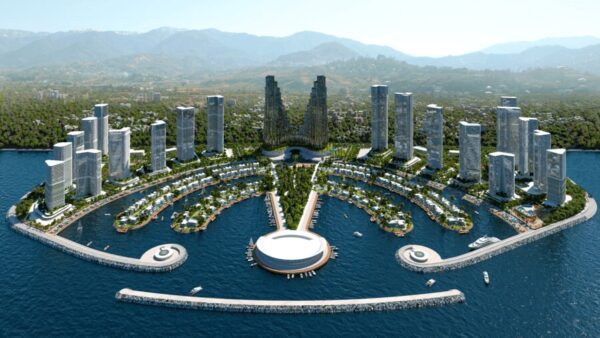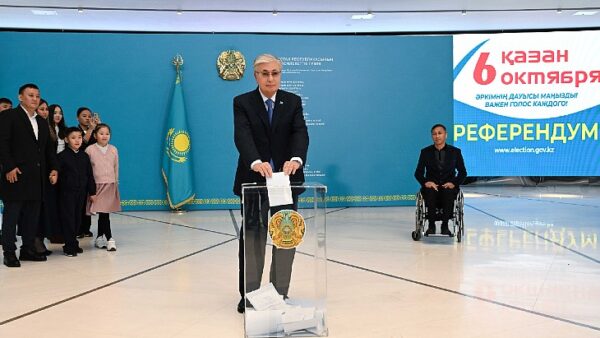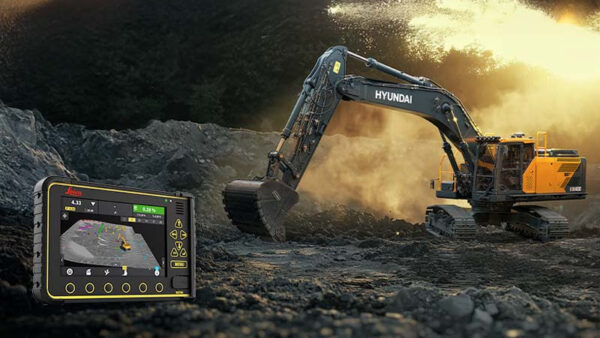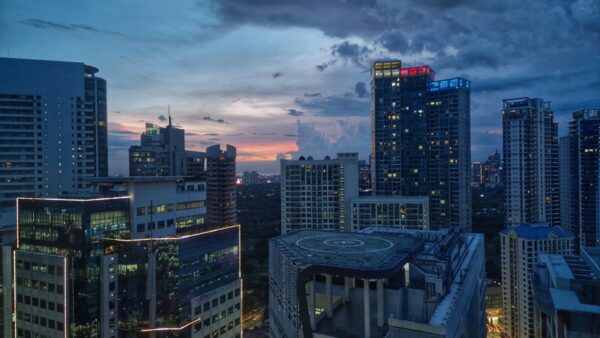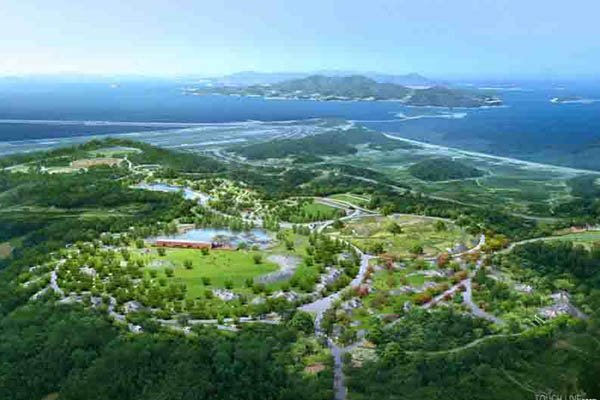
A project to create the biggest tourist resort in northeast Asia has taken a step forward after its developers secured $1.5bn in funding.
The Inspire Integrated Resort is to be built in the Incheon Free Economic Zone near the city’s international airport. The first phase will include a five-star hotel with more than 1,000 rooms, a 15,000-capacity concert hall, an indoor waterpark, shopping mall and casino.
The financing success was announced today by the Free Economic Zone. If all goes to plan, Inspire will open in 2023, when it is hoped the Covid-19 pandemic will have subsided and international travel resumed.
The project is being developed by a consortium made up of Connecticut-based Mohegan Tribal Gaming Authority (MGTA), Korean industrial company KCC and UK investor Miura Holdings, in cooperation with Incheon International Airport.
Mohegan agreed the project with the Incheon International Airport Corporation back in June 2015. It said at the time that the resort would “create an epicentre for Korea’s growing entertainment, tourism and hospitality industry”.
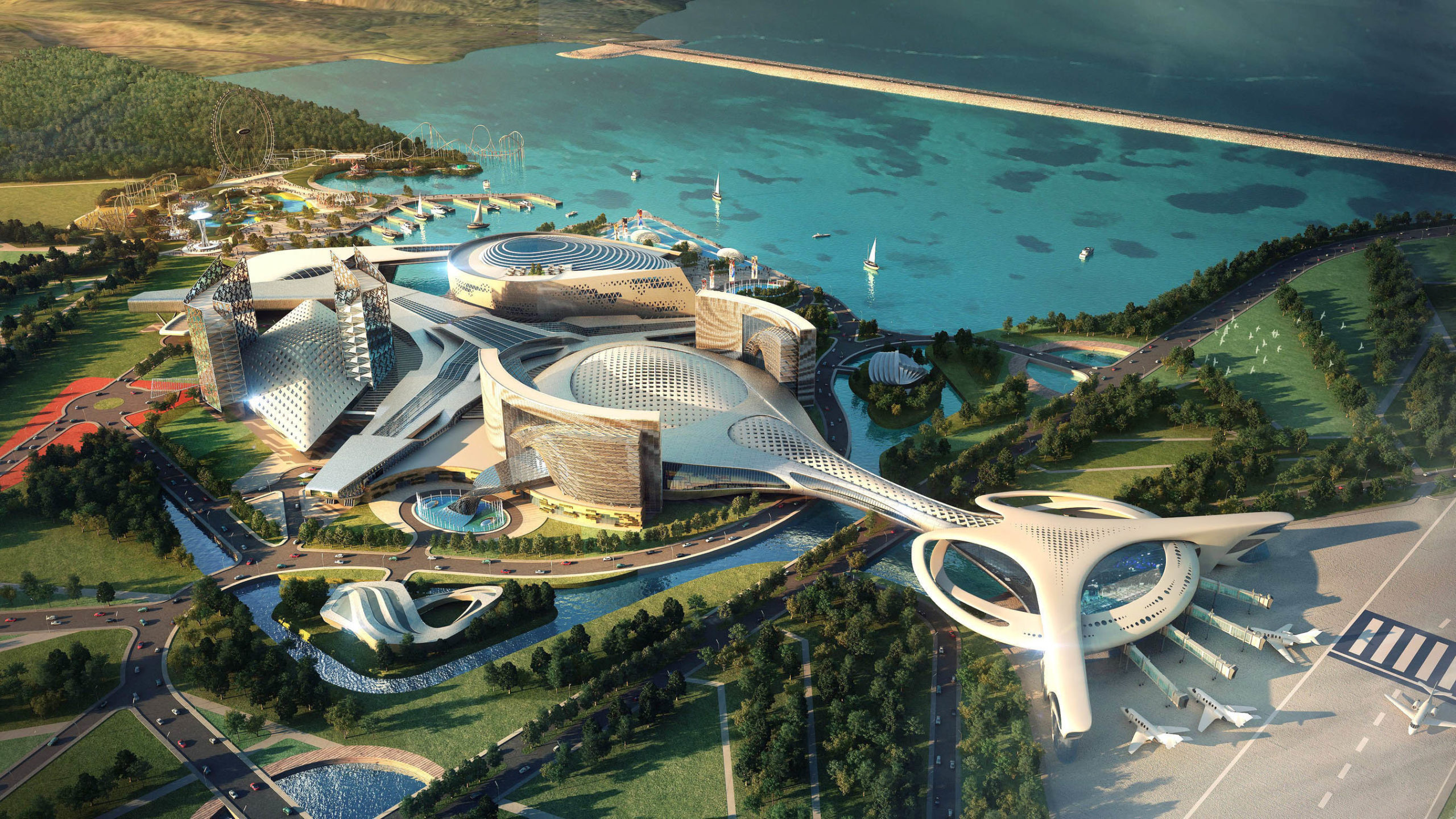
Incheon airport commented that the resort would cement its position as not only “the best airport in the world but also as a top leisure destination in Asia”.
It said: “We look forward to benefiting from MTGA’s expertise and collaborating with our existing partners and 40,000 employees to execute on this vision and deliver exceptional experiences for our guests.”
Incheon plans to develop three resort complexes in the economic zone – Inspire, Paradise City and RFKR.
Paradise City opened in April 2017, but the development of the remaining projects has been delayed by the pandemic. The Ministry of Culture, Sports and Tourism agreed in March to extend the projects’ deadlines and ease funding conditions.
Park Nam-chun, the mayor of Incheon City, commented: “I’m glad that the project has secured funds despite concerns amid Covid-19. We will continue to work hard to make Incheon one of the popular tourist cities by connecting our tourism infrastructure with the resort complexes.”
Further reading:





